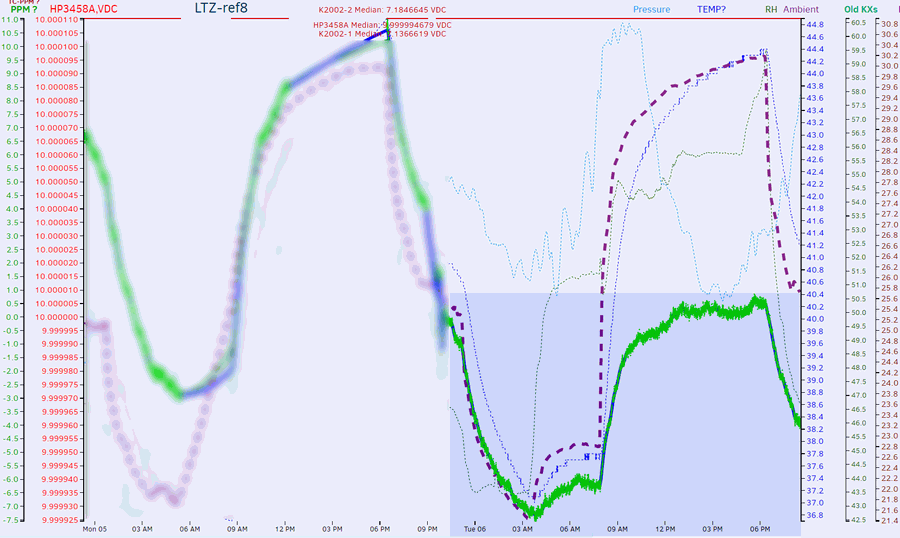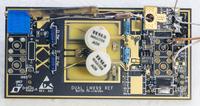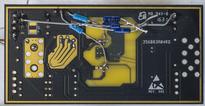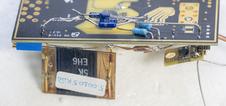Well, you guys got me out into the light. I assembled board for test, as I really don't remember any thought when I draw this thing 2 years ago.
1. There is large impact from variable input voltage. Tens to hundreds ppm on output per 1V.
2. I got now why current supply to zener must be two separate resistors, fixed in hw now.
3. Resistors values are incorrect, they need to be matched specific to used LM399's. Currently for test I used 10K + network with total R=4k0855 to get 10V
Btw, even with these mistakes/errors seem to get result TCV about 0.9ppm/K:

My datalog python snake was running ACAL DCV on 3458? for each change of temperature >0.3K, to remove DMM's TCV (which is ~0.3ppm/K on my box).
Board itself with bodges:



Let increase current for each zener to ~1.5mA (2K resistors) and test again
